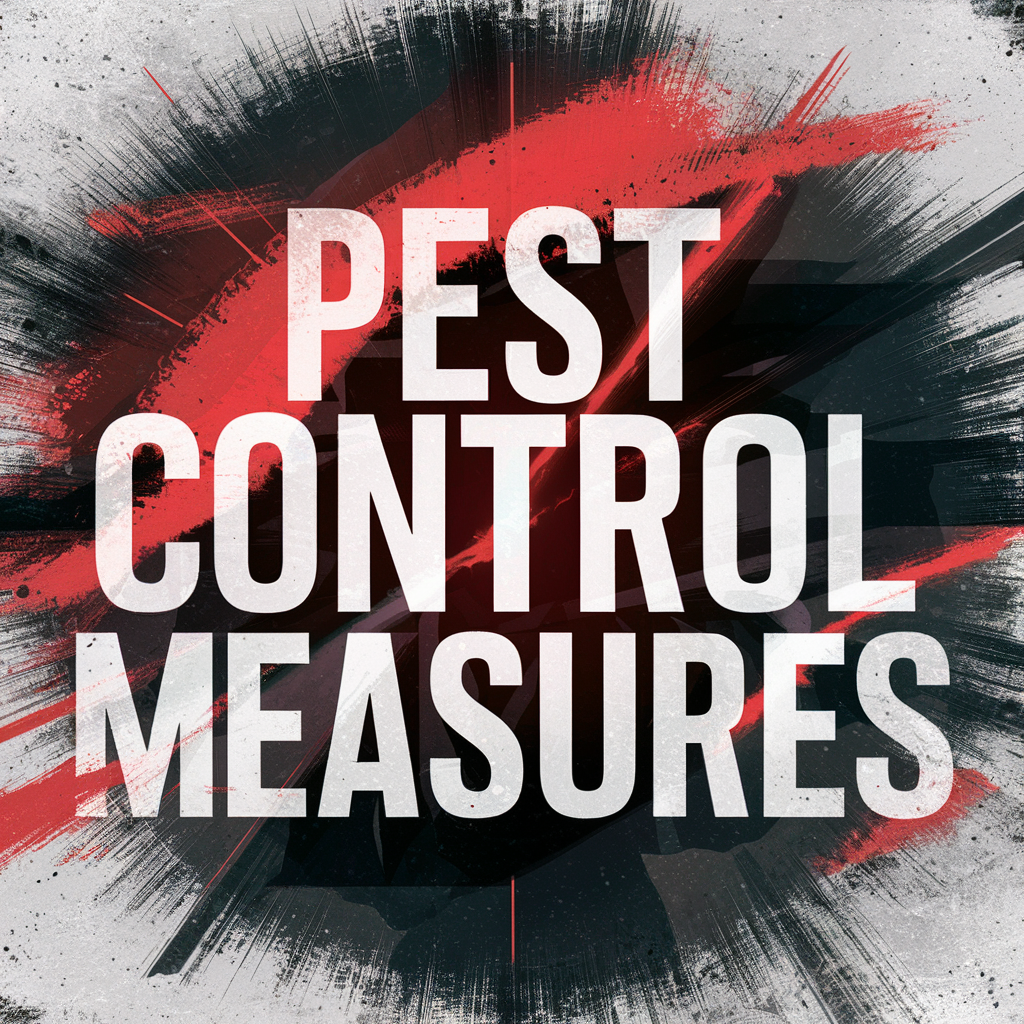As the world moves progressively online, the chances of your business leaving the rest of the competition in the dust become lower and lower. Competition is fierce, and once they spot a marketing trend on the rise, they are quick to use it and implement it in their strategy.
To successfully engage with clients and promote your business growth and expansion, you must apply strategies that will blend both traditional and advanced marketing methods—something that 90% of all businesses are currently trying to do.
These tactics are part of a complete marketing strategy that will ensure you’re covering all grounds where you can communicate with existing and potential clients, providing a smooth customer experience.
When you successfully coordinate your activities over multiple platforms, you can improve brand recognition, boost client loyalty, and eventually promote sales increase, thus leaving your competitors behind, if not for a little while. Then, you’ll do it all over again, but that’s where success lies. Let’s dive deeper.
The Importance of Consistent Brand Messaging
One of the biggest advantages of having a consistent marketing strategy is keeping your brand mission and vision united across all platforms. Now, you may not use the same voice or format for LinkedIn, Instagram, email, and ads, but the message you’re trying to send should be the same. If the final message through these very different channels differs, you might appear confusing, and unreliable, and this will ultimately lead to your existing and potential clients not trusting you. It’s a failing marketing strategy right from the beginning.
On the other side, consistency strengthens the company’s value proposition and fosters trust with the audience. For example, if you carry out a social media campaign with a specific message, then you need to use the same material for your email marketing, website updates, and all printed advertisements. Simply adjust the already existing material to fit your marketing. This ensures that every time people stumble upon your marketing materials, they’ll recognize you and your unchanging, clear message that will present your brand.
As a business owner, or someone who’s just starting out, trying to make an impactful brand, it would be wise to leave this somewhat complicated job to professionals, so hiring one of the most reputable full service digital marketing agencies on the market would be your wisest next step. If possible, look for an agency that offers PR as well. This way, you’ll have every aspect of your business future covered.
Maximizing Customer Engagement Through Multichannel Integration
We live in a time where consumers are more empowered than ever; businesses must locate them online, and be present at the same place they are. This calls for the use of multiple marketing channels at once, including social media, email, TV, and print ads. Having multiple marketing channels increases your chances of reaching clients and constructs a solid customer experience. Integrated marketing strategies do very well in this area by connecting platforms like social media, content marketing, paid promotions, and email activities.
For instance, a brand could use social media to interact with customers instantly and use email marketing to send personalized emails with similar content to what they post online. These emails can further lead customers to the business’s website, where they can find detailed information and continuation on what was started in the email itself. In the end, this looks like a story with multiple chapters, just in completely different books. This approach ensures clients get a unified experience across multiple platforms, without any loops and confusion.
The outcome? Boosted interactions with customers, improved brand commitment, and better chances of conversion. Moreover, combining various channels helps companies gain essential information on consumer actions which allows them to modify their strategies for enhanced efficiency.
Strengthening Brand Authority Through Content Synergy
Content is what unifies all of the marketing channels that we mentioned. As we’ve previously said, you need to use consistent content across different channels, but adjust the tone of voice and format. For instance, you’re using text and pictures for your blog; clear and concise messages for your emails; pictures and videos for social media; clear messages and CTAs on X, etc. No matter how long or short the content is, the final message must remain the same, and each bit of content must help you promote your brand.
When businesses concentrate on content unity, they can offer useful information to their consumers at all stages, from initiation to the final purchase, and earn loyalty. It starts with knowing about it, then thinking over it, and lastly making a choice. This process strengthens the company’s reliability and motivates clients to have faith in the business when they make buying choices.
Driving ROI With a Cohesive Marketing Approach
If you’re still not fully convinced about involving integrated marketing strategies in your business, then this surely will change your mind: robust return on investment (ROI). If your marketing channels all share different messages and follow a completely different strategy, this leads to inefficiency and waste of resources. Unified marketing strategies make the whole process a lot simpler, you’re putting the money into one cause, and people start trusting you, and investing in you, thus leading to higher ROI.
For example, a business may operate individual paid promotion campaigns on Google Ads and social media. If these are not integrated, the campaigns could possibly reach different groups with inconsistent messages that lead to misunderstanding and decreased ROI. But if these channels are united together, companies can target identical audiences with one consistent message. This makes for a more harmonious experience while also boosting potential conversion rates.
Furthermore, by assessing the effectiveness of their combined strategy overall, companies can perceive which methods and approaches generate the most profits. This empowers them to refine what they do and distribute their budget more efficiently– optimizing returns on investment while reducing unnecessary waste of money.
Bottom Line
We live in modern tech times where if businesses want to remain competitive and increase growth, and ROI, they need to implement integrated marketing strategies to their business goals. This can simply be done by following at least a couple of the methods outlined above, and soon, the rest will naturally follow. As customer habits change over time, businesses that put money into these kinds of interlinked marketing strategies will have better chances to adjust to ever-fluctuating digital environments in future times.
Remember, marketing’s future is in integration. The ones who accept this will experience an ongoing increase in customer loyalty and earnings.






